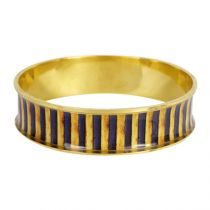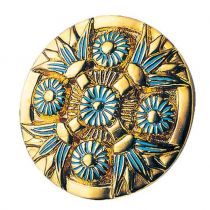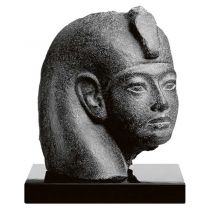Cart is empty
ΚΑΤΗΓΟΡΙΕΣ
- Christmas
- Σωτήρης Σορογκας
- The Munich school
- Le Louvre
- Van Gogh Museum
- The Metropolitan Museum of New York
- Rijksmuseum
- Αίγυπτος
- Greece
- Frida Kalho
- Claude Monet
- Gustav Klimt
- Rodin-
- Vincent van Gogh
- Auguste Renoir
- Andy Warhol
- Marc Chagall
- Jan Vermeer
- Katsushika Hokusai
- Leonardo da Vinci
- Alfonse Mucha, Prague
- Museum Art IS
- Pablo Picasso
- Paul Cezanne
- 1821-Greek Revolution
- Easter
Ring with snake This ring is inspired by a gold snake bracelet (Egypt, Roman period, 1st century AD) kept in the Louvre Museum. Egypt passed from Ptolemaic rule to the Roman imperial period with the defeat of Actium in 31 BC. A new boom in jewellery production testifies to the cohabitation between Egyptian traditions, the Roman world and the still marked Hellenistic influence.
Serpentine jewellery appeared in Egypt during the conquest of Alexander the Great (332 BC) and was very popular from the end of the 1st century BC to the end of the 1st century AD. Its representation in Egypt differs from that of the rest of the Mediterranean basin: the scales of the animal are drawn by a grid composed of intersecting diagonal lines and are diamond-shaped.
A sacred animal of the goddess Isis, whose cult has grown since the Hellenistic period (323-31 BC), the snake is a symbol of immortality, healing and fertility, making it a feminine ornament par excellence.
Close

.jpg)


.jpg)

.jpg)






